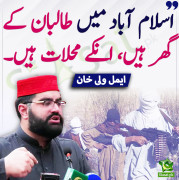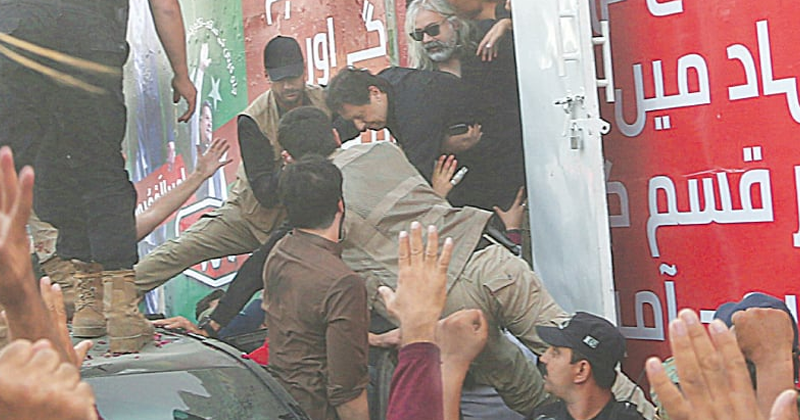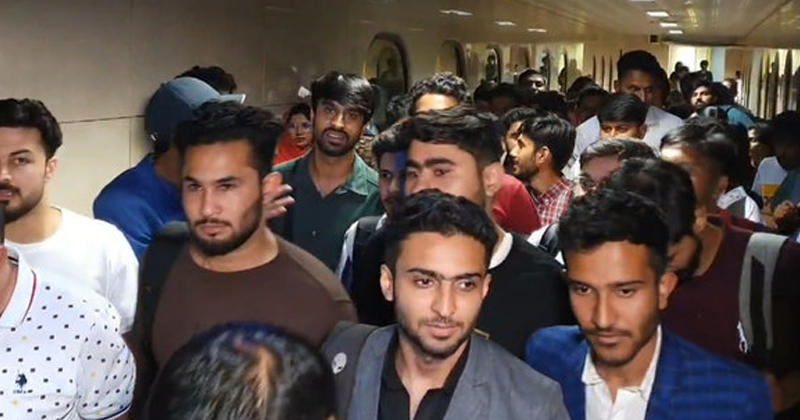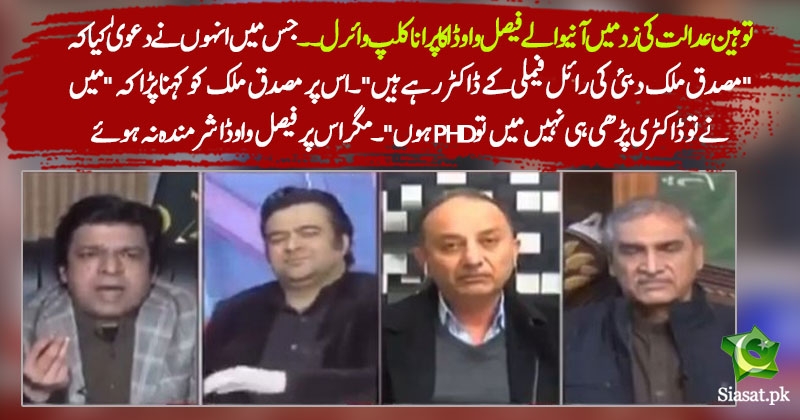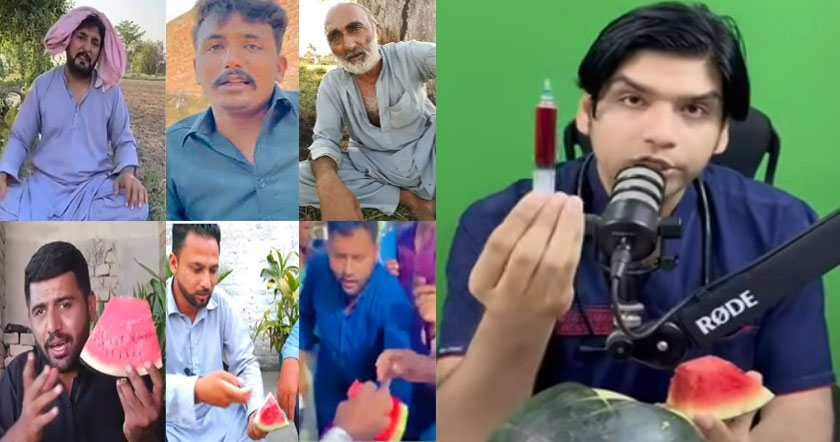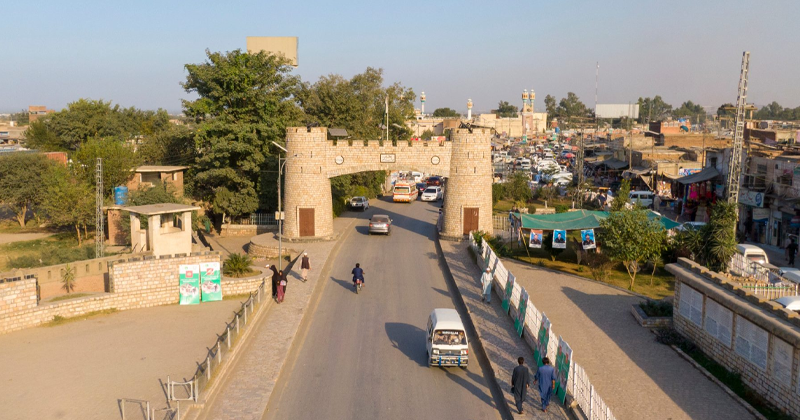http://www.tribuneindia.com/2012/20120617/spectrum/book2.htm
| Sunday, June 17, 2012 Unravelling Kashmir's kidnapping story Reviewed by Manisha Gangahar The Meadow By Adrian Levy & Cathy Scott-Clark Penguin. Rs 499; Pages: 510 
Locating answers in Kashmir is more than an ordeal, one can't help but get lost on the way. In fact, even asking the right questions become quite a task in the conflict zone, where words are loaded with meanings that go beyond their literal denotations. The Meadow is then a feat, for it not only asks appropriate questions but reaches out to a few answers as well. The Meadow, which makes the title, is one of the most beautiful campsites on earth. A sliver of old Kashmir, set in the Himalayas with panoramic view of the mountains above and beyond it predates the conflict that ravished the region since 1989. In July 1995, six foreign tourists were kidnapped in the mountains of Kashmir. While one managed to escape, another was beheaded; the remaining four were never found. The case was closed, till now. Adrian Levy and Cathy Scott-Clark in their book, The Meadow, spell out the "why" and unravel, with little ambiguities, the case that became more of a Game for different authorities involved. The ordinary people, foreigners in this case, paid a price. And, as they maintain, the incident changed the face of modern terrorism. In Kashmir too, an unspoken law was broken. Unconventional and confronting, the book neither beats around the Kashmir politics nor reverberates the errors of history to understand and explain what happened. It hits at the incident, a crime that was organised and carried out neither to uphold anything Kashmiri nor to serve a religion. The reason was personal: "Master Alvi`85 was desperate to secure the release of his golden child Masood Azhar`85 The Movement owed his son." Kidnapping westerners was the only means to this end. The book, through the journal of Masood Azhar, who is better known as the founder of the mujahideen outfit Jaish-e-Mohammed, brings out how the ISI and The Holy Warriors got together to wage a war in Kashmir, with the several locals offering the required assistance. And the worst could have been avoided if somebody had cared. Jane Schelly, wife of Don Hutchings, one of the hostages, complains: "Why hadn't they been warned by the tourist police, government officials, the guides, the pony-wallahs, the soldiers who had waved to them, or the local police who had seen them leave." The revelations are not a byproduct of pure assumptions or a scholarly reading into what exists on the surface. Rather, through the access to diaries, letters, classified police reports and secret tape recordings of Indian government negotiations, and interviews with some jihadis, Levy and Scott-Clark attempt at resolving one of the mysteries of the region. And, there were just to any threads entangled. If, on the one hand, international governments negotiated frantically with India, and the army, police and intelligence services tried to follow the trail, on the other hand, the authorities failed to do enough. Sheer callousness on their part at times and false egos of a few individuals at another time jeopardised the rescue operation. "I can take you to the place, I said to Governor's advisor, to the US State Department, to the Army and the FBI. But nobody was listening," says the escaped hostage, John Childs. India’s top officials aren’t the only ones The Meadow lays blame on. Woven into the nearly 500-page book are a number of blunders and miscalculations allegedly made by Indian and foreign officials: the area in Kashmir was not cleared of backpackers after the first kidnappings because of a religious pilgrimage in the area; a woman’s sighting of German Dirk Hasert’s kidnapping was not reported immediately because the Indian Army officer the woman approached sexually assaulted her and the Army was trying to hush that assault up; instead of allowing escaped hostage John Childs to lead police to the kidnappers, as he wanted to, American officials whisked him out of the country. What makes the book a compelling read is the narrative that not only connects events discerningly but also doesn't make the reader feel any gaps in the story. The book is thought provoking, piercing in parts, and at the same time it is heart-rending to know how the fates of young men from different parts of the world become bargaining chips for a struggle not their own. Besides giving an account of the escape by one of the prisoners, the cold-blooded beheading of another and the secret letter one of them carved on a birch, the writers bring in the reactions of the families of the missing, who had been struggling to keep their hopes alive. The book claims that a pro-government renegade, Alpha, or Azad Nabi, alias Ghulam Nabi Mir, who used to be based in Shalipora near Anantnag in Kashmir, had "bought" the four Western hostages from Al Faran, the organisation that was formed and which did the kidnapping, and held them for months before shooting them. India, the book claims, wanted to show Pakistan in bad light. With the research that the investigative journalists, authors of the earlier acclaimed book called Deception, it lends enough plausibility to the theory that counter-insurgency in Kashmir is equally flawed. All, it seems, had their own reasons. "But in a dirty war you learned not to take things too personally" but John Childs words that "in a struggle there can only be you," leave you again wondering. What is at stake? How personal is the war? Masood Azhar was eventually freed in exchange for 178 Indian Airlines passengers whose jet was hijacked and flown to Taliban-controlled Afghanistan in 1999. The families of the hostages may have moved on but what remains is the pain, to which several families in Kashmir can relate to. In the end, again a question is left hanging: Whose war is it in Kashmir? |



